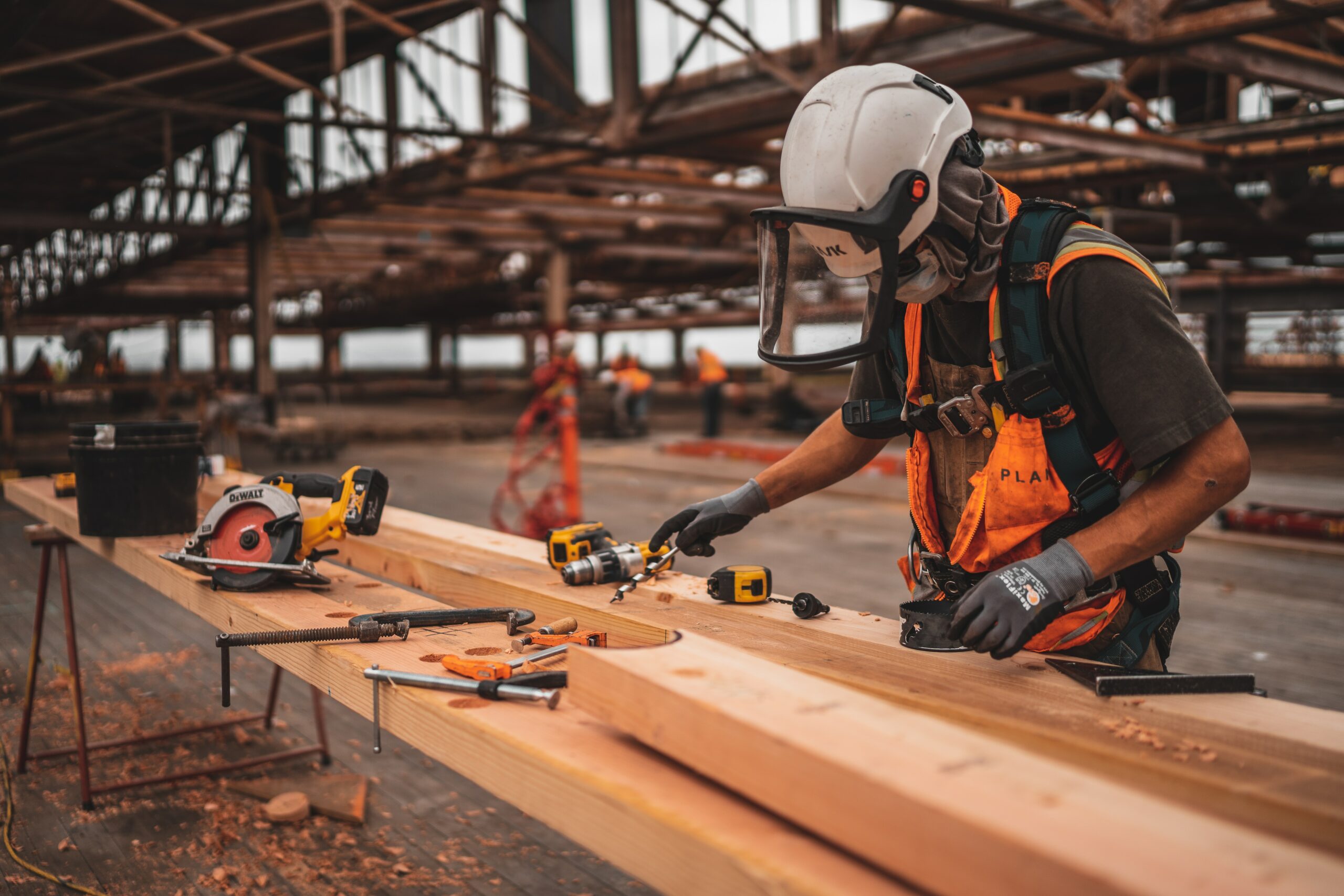On the Path to Net-Zero: Steel in Building and Construction
The construction and building industry is responsible for a significant amount of global greenhouse gas emissions, accounting for almost 40% of global energy-related emissions. As countries around the world ramp up their efforts to achieve net-zero emissions, it is crucial for the industry to identify sustainable and low-carbon solutions. One such solution is the use of steel in building and construction.
Steel has been used in construction for decades due to its strength, durability, and versatility. However, traditional steel production is a highly energy-intensive process that generates significant carbon emissions. Fortunately, advancements in technology and innovative practices have enabled the development of low-carbon and even zero-carbon steel production methods.
The steel industry is currently undergoing a transformation towards a more sustainable and low-carbon future. One promising method is the use of recycled steel, which not only reduces carbon emissions but also conserves natural resources. Another method is the use of hydrogen as a reducing agent in the steel production process, resulting in water as the only byproduct.
In addition to the production process, steel also has several advantages as a building material that contribute to reducing emissions. For example, steel buildings have a longer lifespan and require less maintenance than traditional materials like wood, reducing the need for new construction and therefore the carbon emissions associated with it. Steel is also a highly versatile material that can be easily modified and reused, making it ideal for circular building practices.
The construction and building industry is rapidly evolving towards a more sustainable and net-zero future, and the use of low-carbon and zero-carbon steel can play a crucial role in achieving this goal. By adopting innovative and sustainable practices in steel production and building design, the industry can significantly reduce its environmental impact while also promoting economic growth and social welfare.





